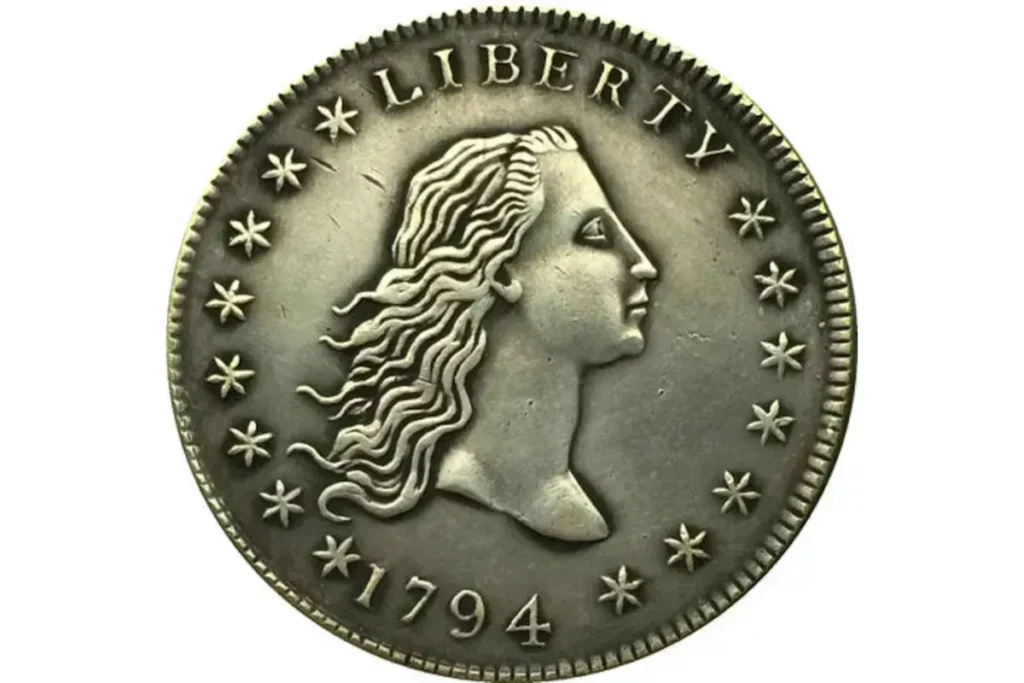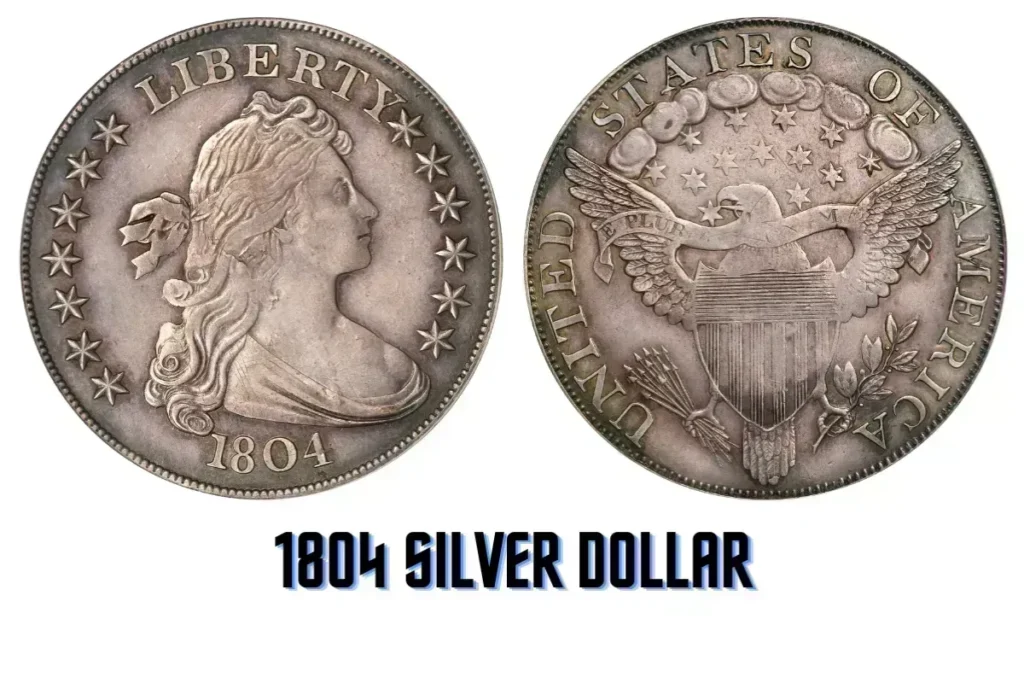Rare coins are fascinating pieces of history and art, with some fetching millions of dollars at auctions. These coins aren’t just currency; they hold stories from the past and showcase incredible craftsmanship. In this article, we explore five rare coins worth over $10 million each, uncovering the history, unique features, and reasons behind their immense value.
1933 Double Eagle

The 1933 Double Eagle is a famous gold coin that never saw official circulation. Minted in 1933, it was impacted by President Franklin D. Roosevelt’s decision to abandon the gold standard, leading to most of these coins being melted down. Only a few survived, and in 2021, one sold for a record $18.9 million.
- Year: 1933
- Mintage: 445,500 (most melted)
- Material: Gold
- Current Value: $18.9 million
- Key Feature: Never circulated due to the gold standard abandonment
1794 Flowing Hair Dollar

The 1794 Flowing Hair Dollar is the first U.S. silver dollar ever minted, symbolizing early American history. It’s highly sought after, with a perfect example selling for $10 million in 2013, reflecting both historical and collector’s value.
- Year: 1794
- Mintage: 1,758
- Material: Silver
- Current Value: $10 million
- Key Feature: First U.S. silver dollar, highly valuable historically
1787 Brasher Doubloon
This rare gold coin, minted by New York goldsmith Ephraim Brasher, is known for its unique design and private minting. The Brasher Doubloon sold for over $10 million, thanks to its historical significance and craftsmanship.
- Year: 1787
- Mintage: Limited (private mint)
- Material: Gold
- Current Value: Over $10 million
- Key Feature: Privately minted, notable craftsmanship
1804 Silver Dollar (Class I)

Dubbed the “King of Coins,” the 1804 Silver Dollar is extremely rare, with only 15 Class I examples known. One of these coins sold for $10.01 million in 2016, solidifying its place among the world’s most valuable coins.
- Year: 1804
- Mintage: 15 known (Class I)
- Material: Silver
- Current Value: $10.01 million
- Key Feature: Extremely rare, iconic for collectors
1913 Liberty Head Nickel
The 1913 Liberty Head Nickel is one of the rarest U.S. coins, with only five known examples. Its rarity has made it highly collectible, with one coin fetching $10 million at auction in 2018.
- Year: 1913
- Mintage: 5 known
- Material: Nickel
- Current Value: $10 million
- Key Feature: Extremely rare, privately minted
Why These Coins Are So Valuable
- Rarity: These coins are exceptionally rare, with very few examples in existence.
- Historical Significance: Coins like the 1794 Flowing Hair Dollar and the 1933 Double Eagle mark significant moments in U.S. history.
- Condition: Well-preserved coins in mint or near-mint condition attract higher values.
- Provenance: Previous ownership, including auction sales, can boost a coin’s value.
Investing in Rare Coins
Investing in rare coins can be both profitable and historically rewarding. Here are some tips:
- Authenticate: Purchase coins that are authenticated and graded to confirm their value.
- Focus on Rarity: Coins that are scarce and unique tend to increase in value.
- Check Condition: Higher-grade coins are often more valuable, especially those in mint condition.
- Monitor Trends: Keep track of numismatic trends to understand how coin values might fluctuate.
Rare coins like the 1933 Double Eagle and the 1794 Flowing Hair Dollar aren’t just money; they’re pieces of history that tell stories of another time. Each coin holds unique significance, whether through rarity,
artistry, or the events surrounding its minting. As you consider investing in or learning more about rare coins, remember that their value goes beyond price tags – these coins capture moments in history, making them treasured by collectors and historians alike.
1. Why are rare coins so valuable?
Rare coins are valuable because of their scarcity, historical significance, and often high quality of preservation. The fewer coins there are, the more collectors are willing to pay.
2. How can I start investing in rare coins?
To start, research coins that are graded and authenticated. Consulting with a reputable dealer and learning about coin grading can also help.
3. What makes a coin rare?
A coin’s rarity depends on its mintage numbers, historical background, and whether it was circulated or not. Coins with low mintage numbers are generally rarer and more valuable.
4. Can I sell rare coins for a profit?
Yes, many people sell rare coins for a profit, especially if the coins have appreciated in value due to their rarity, demand, and condition.
5. How are coins authenticated?
Coins are authenticated by professional services that examine and grade them based on their condition, rarity, and historical significance.















